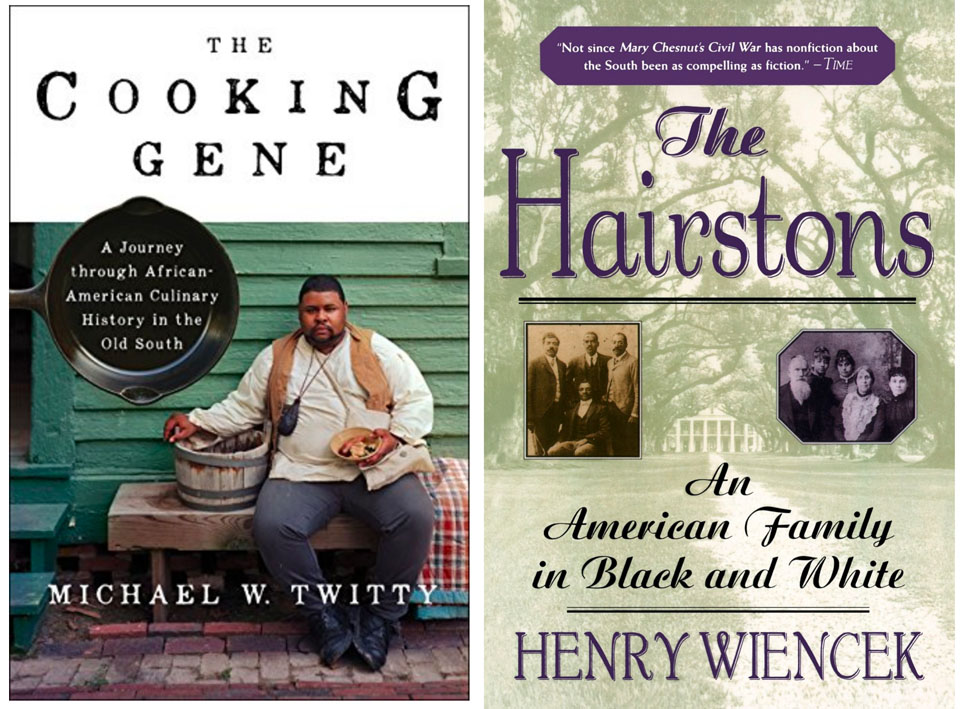“Attempts by the Clinton campaign to define her campaign on competence, experience, and policy positions were drowned out by coverage of alleged improprieties associated with the Clinton Foundation and emails. Coverage of Trump associated with immigrations, jobs and trade was greater than that on his personal scandals.” — Berkman Klein Center for Internet & Society at Harvard University
Media watchers and exhausted members of the reality community already knew that media coverage of the 2016 Clinton-Trump campaign was a media disaster, which led to a political disaster, which is now leading to a disaster of democracy. This week a Harvard study has quantified and documented the media disaster.
Here is a link to the study. It can be downloaded in PDF format.
Those who don’t have time to read the entire study should at least read the conclusion, which starts on page 128. Do look at the charts and graphs, though. Some of them are terrifying. Also note (page 107) how the right-wing media were successful at using propaganda to turn Sanders supporters against Clinton. (We all know Bernie supporters who believed the lies about Hillary Clinton and who bleated that Clinton was as bad as Trump. We must never stop rubbing their noses in it.)
It is no secret that the right-wing media are a filthy swamp of lies and propaganda. There’s not much we can do about that. But the study makes it clear that, if mainstream outlets such as the New York Times had not been sucked in by right-wing agenda-setting on fake scandals such as the Clinton Foundation and Hillary Clinton’s emails, Trump could not have won the electoral college.
I spent my life in the newspaper business. After the rise of Fox News in 1996, I watched, aghast, as most of my journalist colleagues were deceived by right-wing media strategies that turned the principle of “objectivity” into a utensil for corrupting mainstream newsrooms into agents of right-wing lies.
Editors and reporters are a herd, and few of them are geniuses. Within ten years after the start of Fox News, false equivalence had become an unchallenged standard in American newsrooms. They were tricked into treating the right-wing narrative seriously, even though it was transparent malarkey. Journalists became completely incapable of calling a lie a lie. I have lost friends over this when I tried to call them out for it. Not until a year ago, during the Clinton-Trump campaign, did an old colleague (one with a top-of-the-industry résumé, I might add) apologize to me and acknowledge that I was right. When newsrooms finally saw through the false equivalence trap, they turned as a herd, as they always do. Media scholars and media intellectuals have understood the problem all along. But you would be surprised how slowly this insight trickles down into newsrooms. When suddenly they saw Breitbart in the White House and a perilously deluded, disinformed, and enraged American public, even the slowest-witted mainstream journalists started figuring out that they had been used by malevolent (and outrageously rich) players who had outsmarted them.
Though I am not very hopeful, there are signs that the 2016 election taught a valuable lesson to the people in America’s newsrooms — that for 20 years they republished lies, tricked by their own principles, a little too dumb to perceive the trick. With luck, and with the chastening we have seen at the New York Times and the Washington Post (which slowly trickles down to lesser newspapers), maybe it is less likely now that it will happen again.
Postscript: I have not mentioned the broadcast media or cable news industry here because I completely disdain what they do and don’t regard it as journalism. As for Russian interference, as the Harvard study mentions, we don’t yet have all the information we need on that. I trust we will, eventually.
















